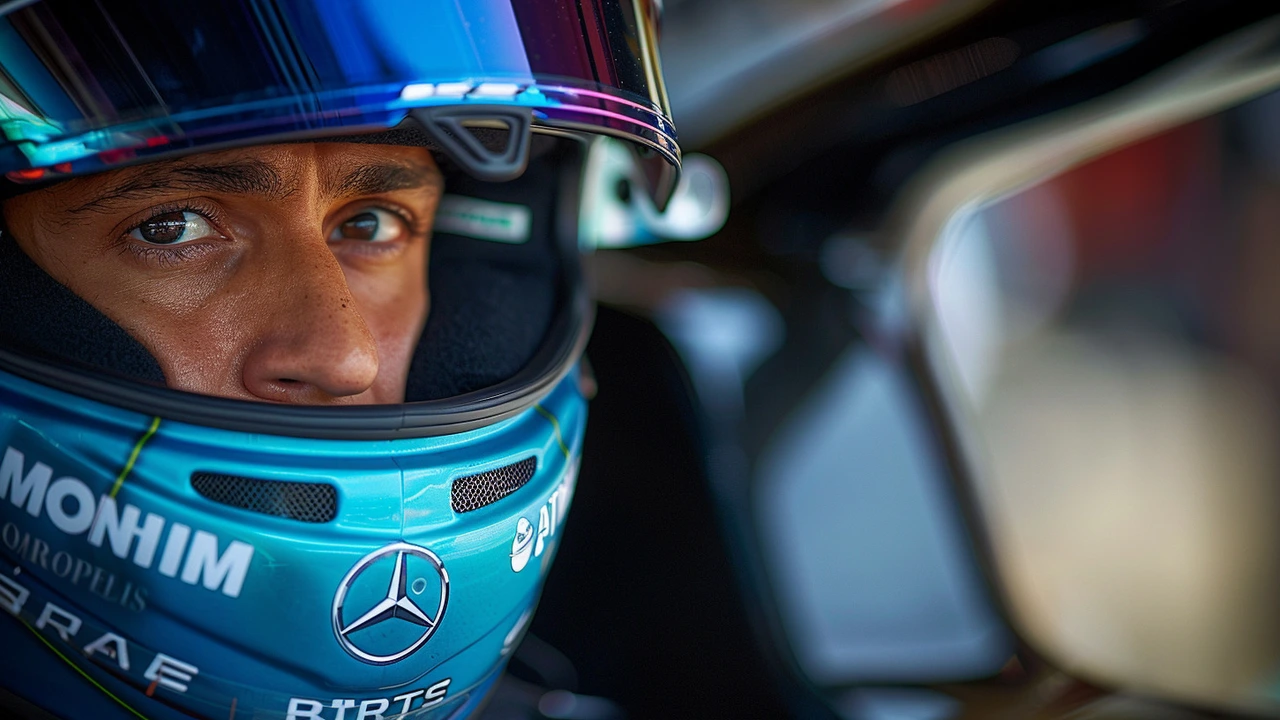Formula One Speed: What Makes F1 Cars Zoom Faster
Speed is the heart of Formula One. Every lap is a showcase of engineering brilliance and driver skill pushing limits on the track. But what exactly drives this insane speed in F1 racing? It’s not just about the engine power—there’s a lot more behind the scenes making these cars lightning-fast.
First, aerodynamics play a crucial role. F1 teams spend millions designing cars that slice through air with minimal drag. Wings, diffusers, and floor designs help stick cars to the track while cutting resistance. This grip–speed combo helps drivers corner at higher speeds without losing control.
Power and Technology Behind the Speed
Underneath the sleek body, the power units are hybrids combining turbocharged engines with electric motors. This mix delivers bursts of extra power when needed, like during overtakes. The energy recovery systems recycle braking power to fuel those electric boosts, making the cars more efficient and faster off the line.
Technology keeps evolving, with teams constantly tweaking setups for different tracks. Tire choices, suspension tweaks, and precise fuel management all impact lap times. Drivers also train to handle G-forces and maintain focus at breakneck speeds, turning raw power into race-winning performance.
Why Does Formula One Speed Matter to Fans?
For fans, speed equals excitement. Watching drivers push machines into limits, battling for tenths of seconds, creates nail-biting moments every race weekend. Plus, this constant pursuit of speed drives innovation that filters down to everyday cars, improving safety and efficiency.
So if you’re into Formula One or just curious about what powers these speed titans, knowing how speed is crafted on and off the track adds a whole new layer of appreciation. The blend of science, skill, and technology makes F1 more than just a race – it’s a high-speed spectacle you don’t want to miss!
George Russell Warns of Safety Concerns Over F1's 2026 'Crazy' Top Speeds
George Russell has raised concerns about the safety implications of the proposed 2026 F1 regulations, which aim to increase electric energy and reduce drag and downforce levels. These changes could lead to higher speeds but possibly more dangerous racing conditions. Russell, also a director of the Grand Prix Drivers' Association, stressed the need for thoughtful consideration by rulemakers.

